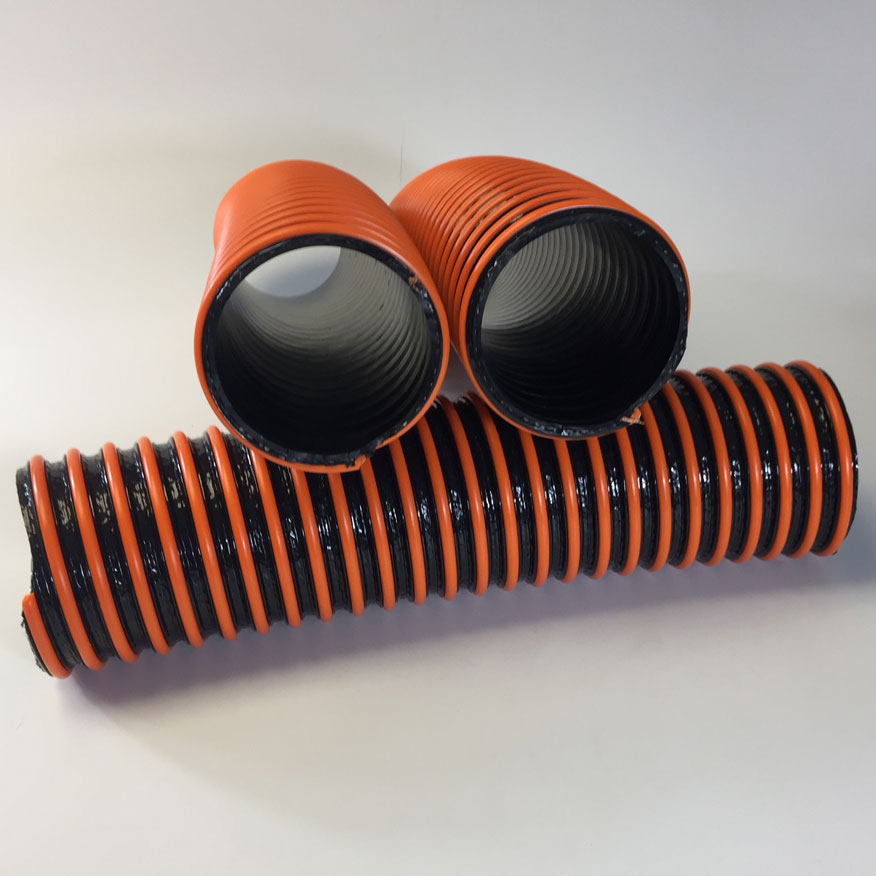Comparing Braided Hose and Standard Hose for Your Plumbing Needs and Applications
Braided Hose vs. Standard Hose A Comprehensive Comparison
When it comes to selecting hoses for various applications, the debate between braided hoses and standard hoses is prominent. Both types of hoses serve essential functions in multiple industries, including automotive, plumbing, and manufacturing. Understanding their differences, advantages, and appropriate use cases can help in making an informed decision.
Composition and Construction
Standard Hoses are typically made from rubber, PVC, or other flexible materials. They are designed for basic applications, accommodating water, air, and light chemical transfers. The construction generally involves a single layer of material, which can limit its pressure tolerance and durability against environmental factors.
In contrast, Braided Hoses feature an inner tube covered with a woven mesh of metal or synthetic fibers that reinforces the structure. This additional layer enhances the hose's strength and gives it an impressive ability to withstand higher pressures and harsh conditions. The braiding can be made from various materials, such as stainless steel, nylon, or polyester, each offering unique benefits.
Durability and Resistance
One of the most significant differences between braided and standard hoses is durability. Braided hoses excel in extreme environments. They are resistant to punctures and abrasions, making them ideal for applications where the hose may come into contact with sharp objects or operate under high pressures. Moreover, many braided hoses are resistant to extreme temperatures and corrosive chemicals, allowing for a broader range of uses in industrial settings.
Standard hoses, while suitable for light-duty applications, may degrade faster when exposed to intense conditions. Over time, factors like UV exposure, ozone degradation, and environmental wear can compromise their structural integrity, leading to leaks or bursts.
Flexibility and Handling
braided hose vs standard hose

While braided hoses offer higher durability, they may sacrifice some flexibility due to their construction. They can be stiffer and may require larger bends or fittings to navigate around obstacles in a setup. However, this rigidity often translates to increased strength, which is a crucial factor for high-pressure applications.
Standard hoses, on the other hand, are known for their flexibility. They can easily be coiled, bent, or twisted without impacting their performance. This ease of handling makes them suitable for home improvement tasks or light machinery where maneuverability is essential.
Cost Considerations
When evaluating cost, standard hoses usually come out as the more budget-friendly option. Their simpler construction and materials make them less expensive to produce, allowing consumers to find cost-effective solutions for low-pressure or temporary applications.
Conversely, braided hoses tend to be pricier due to their advanced materials and construction techniques. While they may represent a more significant upfront investment, the long-term durability and performance can lead to savings by reducing maintenance costs and the need for frequent replacements.
Conclusion
The choice between braided hoses and standard hoses ultimately depends on the specific requirements of the application at hand. For high-pressure situations, exposure to chemicals, or environments requiring enhanced durability, braided hoses are the clear winner. Conversely, for simple, low-pressure tasks like watering gardens or air transfer, standard hoses are often perfectly sufficient.
In summary, understanding the unique benefits and limitations of each hose type allows users to select the right option for their needs, ensuring efficiency and safety in their operations. Whether you prioritize flexibility, durability, or cost, being informed is key to making the right decision.
-
Top Quality Oxy Acetylene Hoses for Sale Fit for Welding DemandsNewsJul.28,2025
-
The Future of Pneumatic Air Tubes in IndustryNewsJul.28,2025
-
Superior and Reliable LPG Hose Pipe Solutions for Every NeedNewsJul.28,2025
-
Exceptionally Durable and Versatile Premium Braided PVC TubingNewsJul.28,2025
-
Best Adapters for Connecting Garden Hose to PVC Pipe ConnectionsNewsJul.28,2025
-
The Essential Role of LPG Hoses in Safe and Efficient Gas DistributionNewsJul.16,2025














